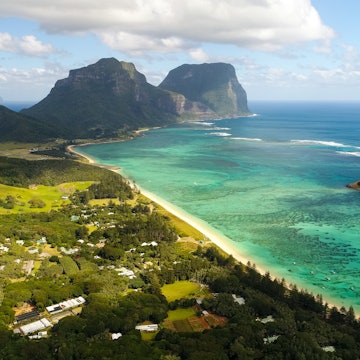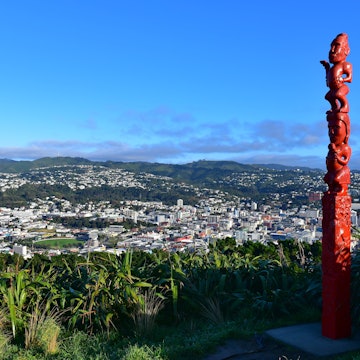
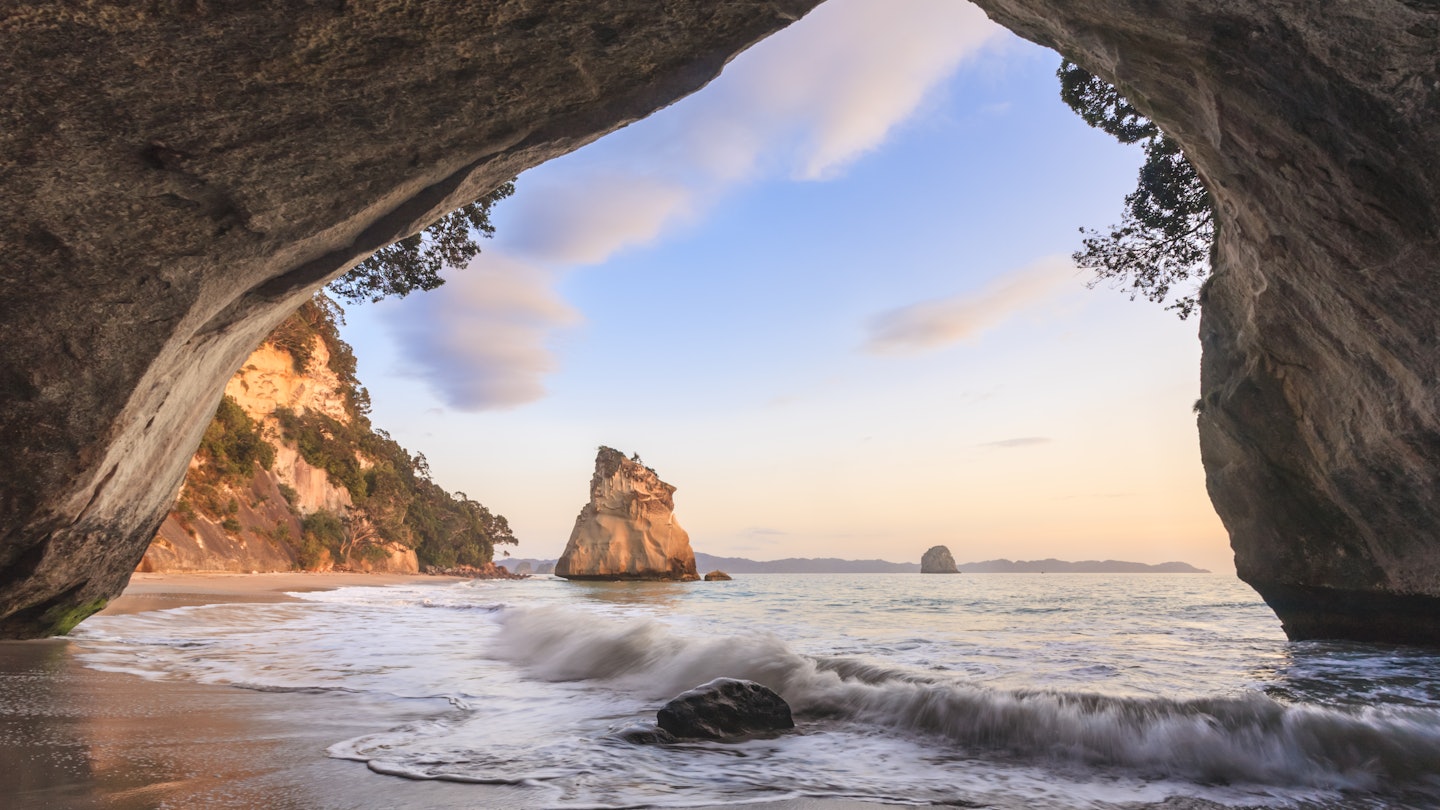
Experience the best of New Zealand with these nine top places to visit. travellight/Shutterstock
New Zealand is famous for its natural beauty.
As you make your way around the country, you’ll see dramatic black-sand beaches, thermal springs, sandy coves, towering mountains and aquamarine lakes. City breaks include cosmopolitan Auckland, the cool capital of Wellington and ever-evolving Christchurch. However, many of the best places to visit in New Zealand involve leaving the city limits behind and immersing yourself in the great outdoors.
As you build your itinerary for Aotearoa (as New Zealand is known in the Māori language), here are nine spots that should top your list.
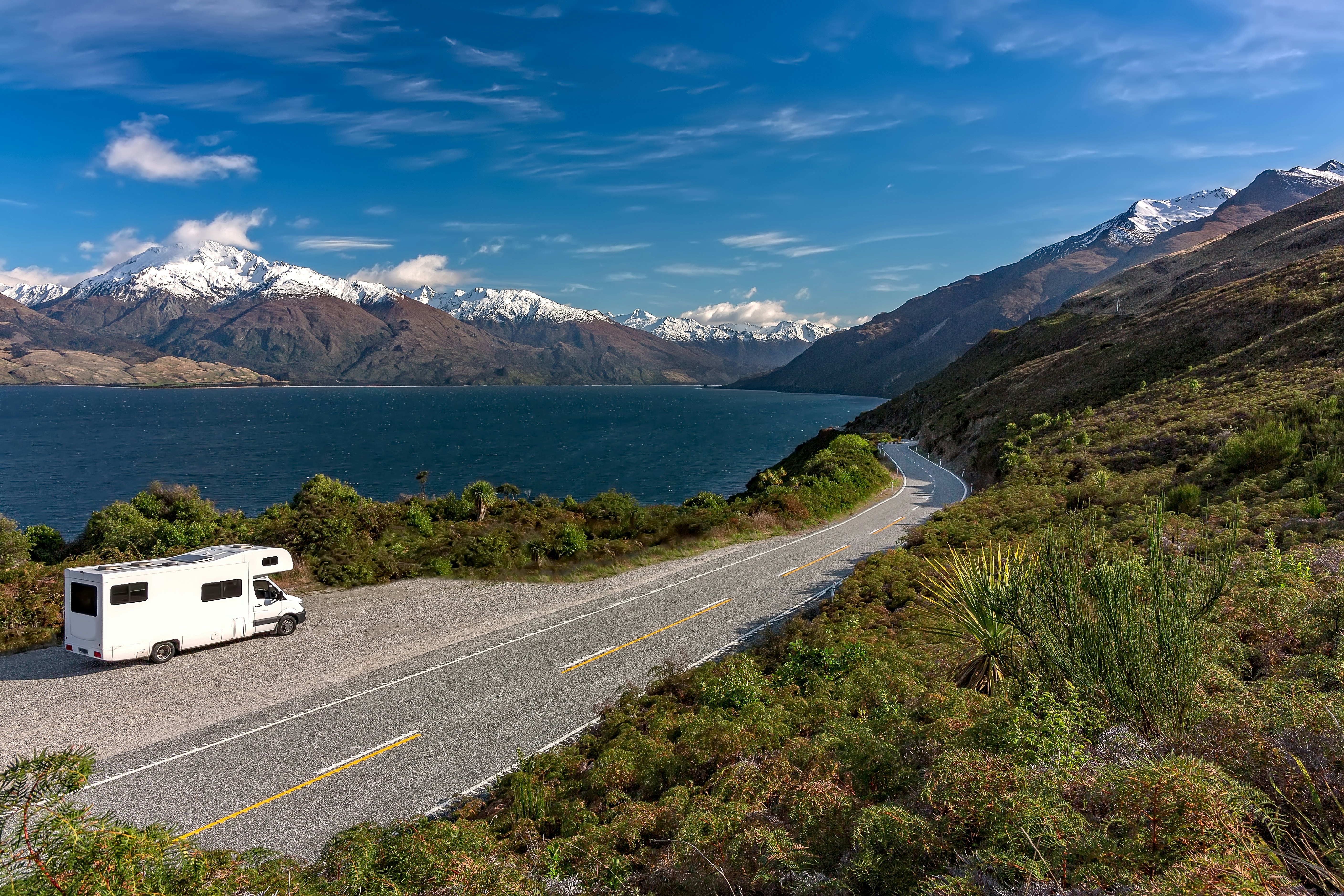
1. Queenstown
Best for adventure activities
New Zealand’s adventure capital is a favorite with visitors for good reason. On the shores of Lake Wakatipu and surrounded by snow-capped mountains, Queenstown’s location makes it one of the country’s most sought-after places to work and play. There are three good ski hills (called “ski fields”) and an equally enviable après-ski scene.
Queenstown's reputation for adventure is justified: from bungee jumping and zip lining to paragliding and jet boating, there are plenty of ways to satisfy a taste for adrenaline. Rounding out its experiences, the summer months offer excellent hiking, cycling and water sports on the lake.
Detour: Make time to explore the valleys and settlements around Queenstown. Visit nearby Lake Hayes, the lakeside village of Glenorchy and historic Arrowtown. Then spend a day (or more) in Wānaka, known for its low-key vibes and Instagram-famous tree. The nearby Gibbston Valley has some of the best wineries in the country.
2. Coromandel
Best for beautiful beaches
If you’re after a beach holiday, head to the Coromandel Peninsula, on the east coast of the North Island. The iconic Cathedral Cove area with its soaring rock arch is a must-visit, and there are countless other stunning beaches in the region.
For example, you could swim in the calm waters of Cooks Beach or take a 30-minute walk through native bush to find the more remote (but still popular) New Chums Beach. Other fun activities in the region include cycling through Karangahake Gorge, hiking the Pinnacles Trail and kayaking to Whenuakura Wildlife Sanctuary (Donut Island); a pristine, natural environment you can only explore from the water.
Planning tip: Rent a bach (holiday house) in one of the seaside towns of Hahei, Pauanui or Whangamatā, and make that your base for exploring the region.
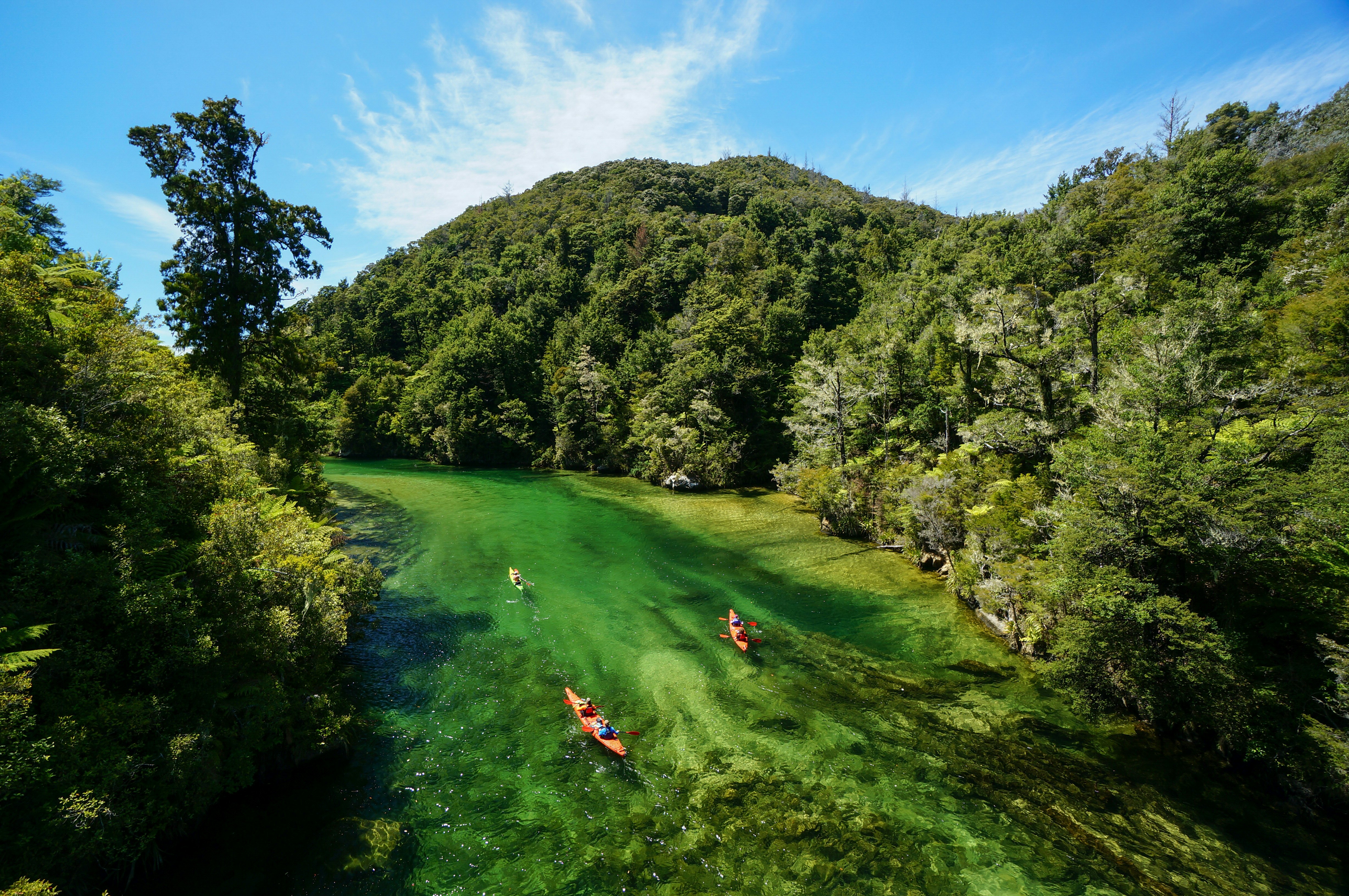
3. Abel Tasman National Park
Best for hiking and kayaking
The South Island’s Abel Tasman National Park is an unspoiled natural environment replete with native bush, crystal-clear bays and white sandy beaches. You can access it on a day trip from Nelson, but this is a destination that demands more time if you can afford it.
The Abel Tasman Coast Track, one of New Zealand's Great Walks, is a 60km (37-mile) walk along the coastline with lovely views of the beach. It usually takes three to five days to complete the full walk; otherwise, take on just a section as a day or afternoon hike using water taxis to return to your starting point. Alternatively, go kayaking to the national park’s seal colony, dive into the waters, or simply relax in tiny hidden coves and bays.
Planning tip: Cars are only able to drive as far as Tōtaranui on the north edge of the national park and Mārahau at the southern entrance, so visitors need to either walk to their preferred destination or take a water taxi.
4. Fiordland National Park
Best for epic landscapes
On the edge of the South Island, Fiordland National Park is home to one of New Zealand’s most famous attractions, the majestic Milford Sound/Piopiotahi, where visitors can see plunging waterfalls along the fiord and rare marine wildlife, including Fiordland crested penguins and Hector’s dolphins. There are also several hiking trails in the national park (including the country’s most famous multiday walk, the Milford Track), which takes visitors past snow-capped mountains and ice-forged fiords, with even more views of lakes, valleys and waterfalls.
Planning tip: Nearby Doubtful Sound/Patea is also spectacular but less accessible – travelers need to visit with a guide and by boat.
5. West Coast
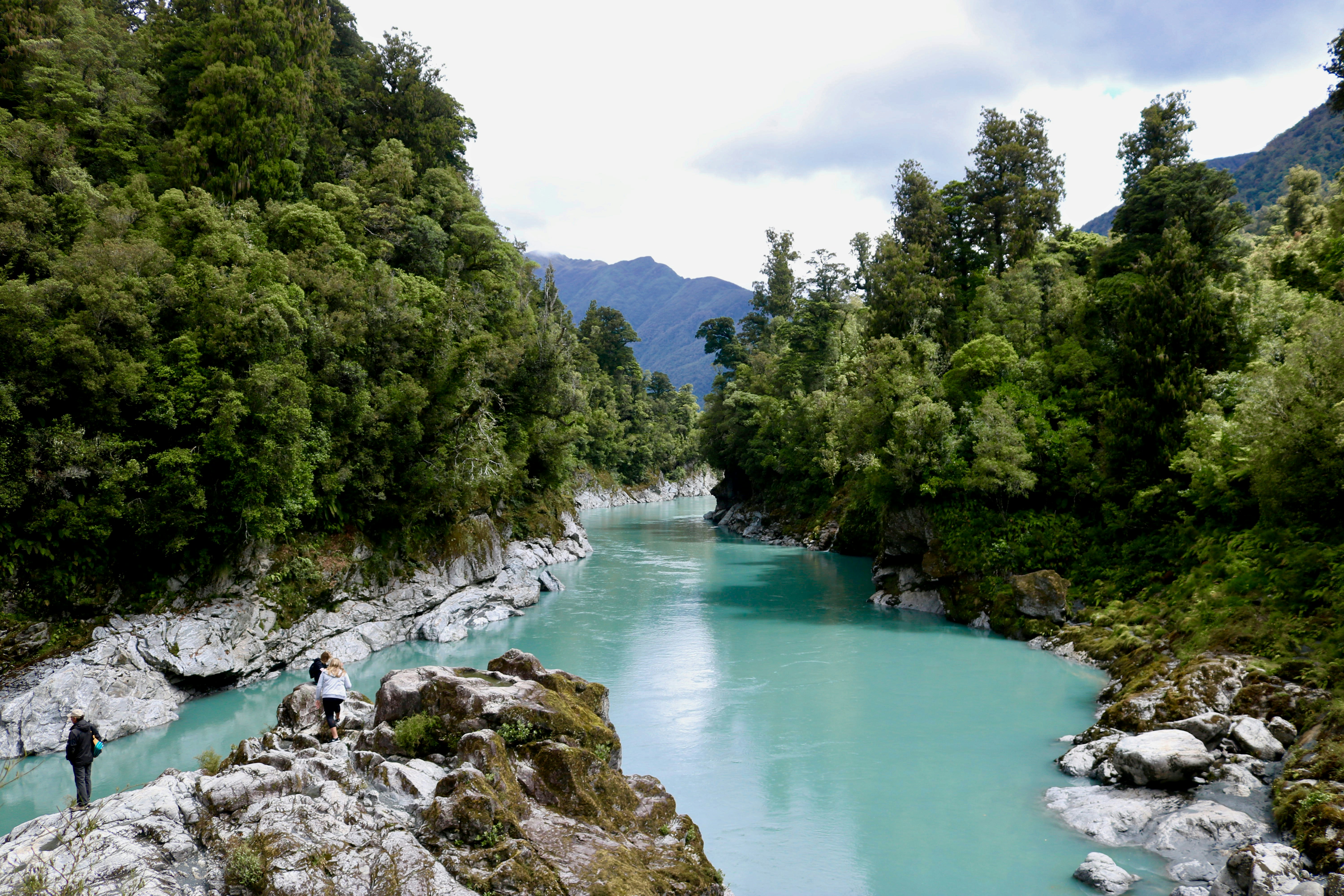
Best for glaciers
The rugged western coastline of the South Island is a raw juxtaposition of dense rainforests, craggy rocks and ancient glaciers. The major drawcards of this wild and remote region are the majestic Fox and Franz Josef glaciers that offer visitors a unique chance to witness rivers of ice that flow almost to sea level.
Take guided hikes, heli-hikes or scenic flights to admire the glaciers themselves. Other attractions of note include Punakaiki's Pancake Rocks, the turquoise Hokitika Gorge and the serene, mirror-like waters of Lake Matheson.
Planning tip: The West Coast receives a high amount of rainfall annually. Unfortunately, helicopter tours are weather-dependent. If you have your heart set on landing on a glacier, ensure your itinerary is flexible enough to allow for a bad weather day.
6. Mackenzie Region
Best for stargazing
Around two hours’ drive from Christchurch is the Mackenzie Region, a peaceful place with some of the country’s loveliest scenery. The region is an International Dark Sky Reserve with minimal light pollution, so be sure to keep an eye on the forecast. When you have a clear night, head to the observatory to see the stars through a telescope, or simply look up.
The Mackenzie is also the home of Lake Tekapo and the Church of the Good Shepherd, a stone building that’s one of the country’s most photographed spots. Nearby, the small town of Twizel makes a convenient base to explore the region. From there, you can easily access the lakes and Aoraki/Mt Cook National Park, which has a range of walks from short trails to full-day hikes.
Planning tip: Book a Tātai Aroraki (Māori astronomy) tour at the Dark Sky Project to learn about the significance of the night sky to Māori. This isn’t weather dependent so it’s a great option for wet weather days.
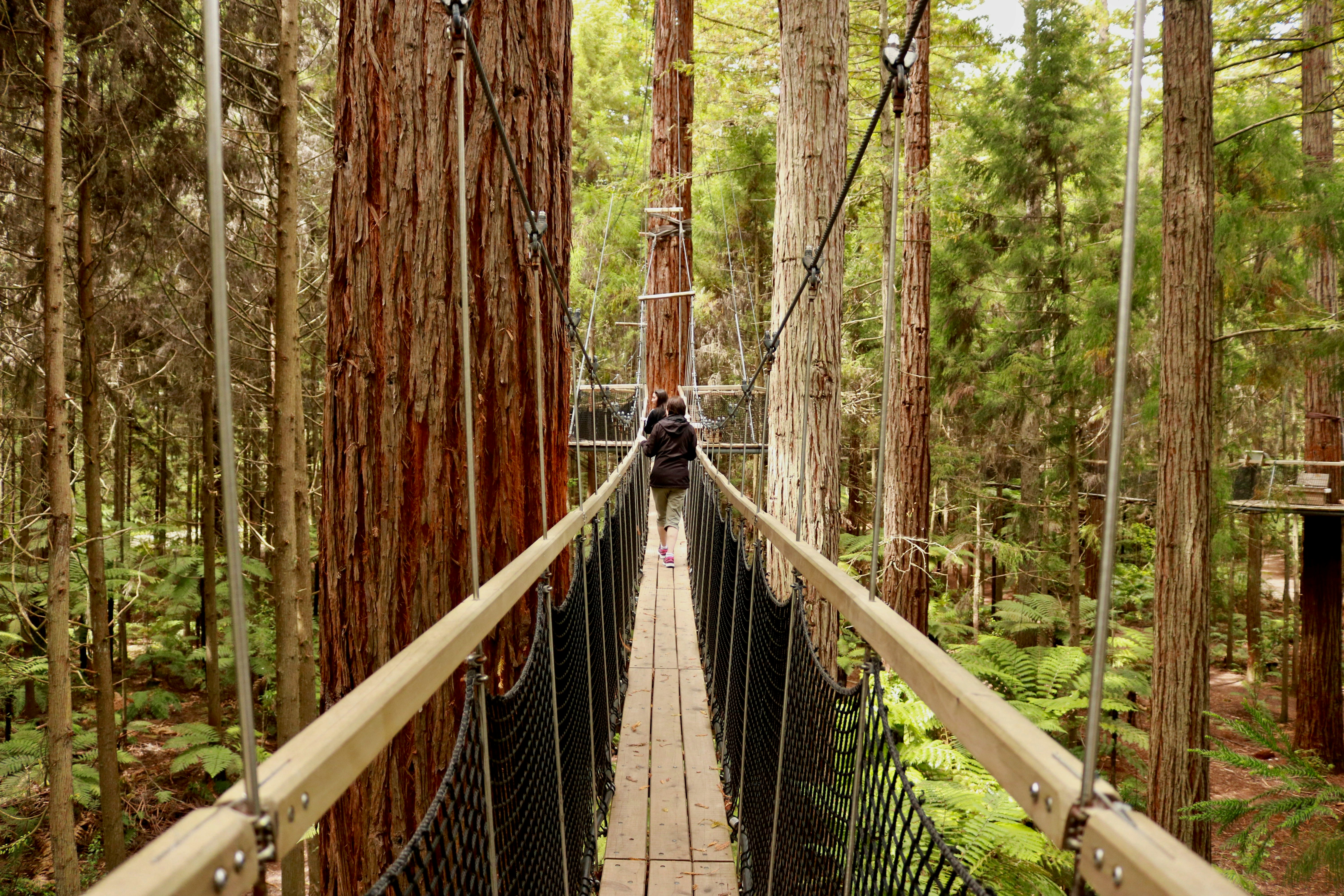
7. Rotorua
Best for geothermal activity and Māori cultural experiences
At the heart of New Zealand’s geothermal action, Rotorua is the place to go to see bubbling mud pools, geysers and steaming rivers. Then, finish the day by taking a relaxing soak in a thermal mud bath.
Rotorua is just as renowned for its geological wonders as it is for its immersive cultural experiences. You can learn more about Māori culture and language with a visit to a traditional Māori marae (meeting grounds). At Te Puia geothermal park, for example, you'll see local Māori carvers at work at the New Zealand Māori Art and Crafts Institute. This attraction is also home to the southern hemisphere’s largest geyser. The nearby Whakarewarewa Forest (also known as the Redwoods) boasts some great cycling and hiking trails, and a treetop walk that lights up beautifully at night.
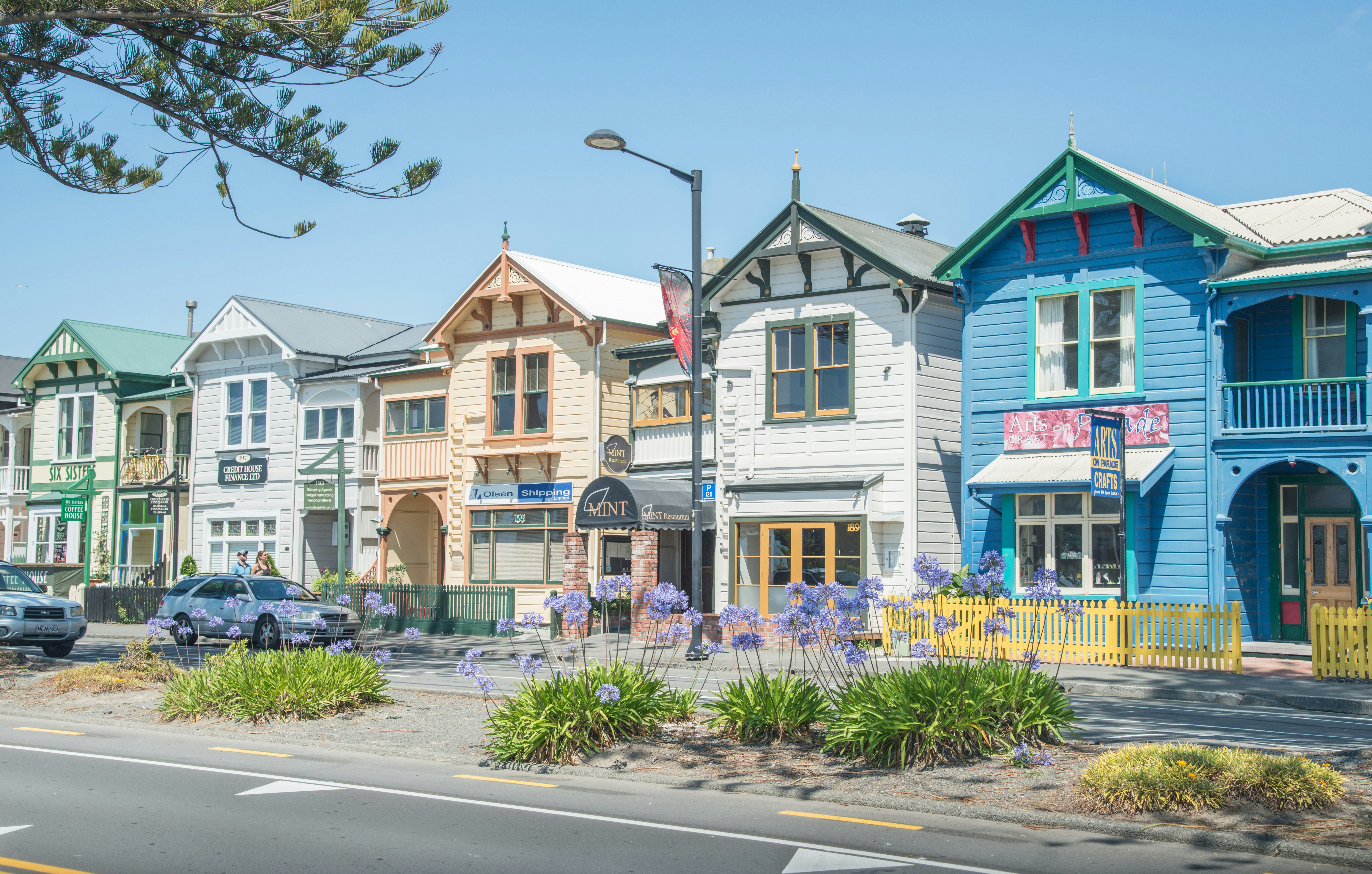
8. Napier
Best for architecture
After a devastating earthquake in 1931, Napier was rebuilt almost completely, embracing the art deco style that was popular at the time. Today, it has one of the most extensive collections of art deco buildings in the southern hemisphere. Visitors who want to get their Great Gatsby on can immerse themselves in Napier’s history through guided walks, vintage car tours and the Art Deco Festival, which takes place each February.
Detour: Spend a day or two visiting the charming village of Havelock North and the Hawke’s Bay wineries, which produce award-winning syrahs, chardonnays and reds.
9. Bay of Islands
Best for Māori history
The Bay of Islands, with its shimmering waters and myriad islets, is as pretty as it is important to the country's culture and history. The Waitangi Treaty Grounds mark the place where a foundational document was signed between Māori chiefs and British representatives, forming modern-day New Zealand.
If you visit between November and March, you can also experience traditional performances at the treaty grounds, as well as a hāngī feast, where food is cooked in the earth. Beyond Waitangi, you can get out on the water with a waka (traditional canoe) tour, where local Māori guides share stories about their seafaring ancestors and the sacred spots within the bay. In nearby Paihia, download the Ātea Nuku app to experience an augmented reality walking tour showing the history of the town.
Planning tip: On Waitangi Day (February 6), all the Treaty Ground buildings are closed for the public holiday. Instead, a massive festival takes place. Take part in a dawn ceremony, eat from food stalls and watch cultural performances.








